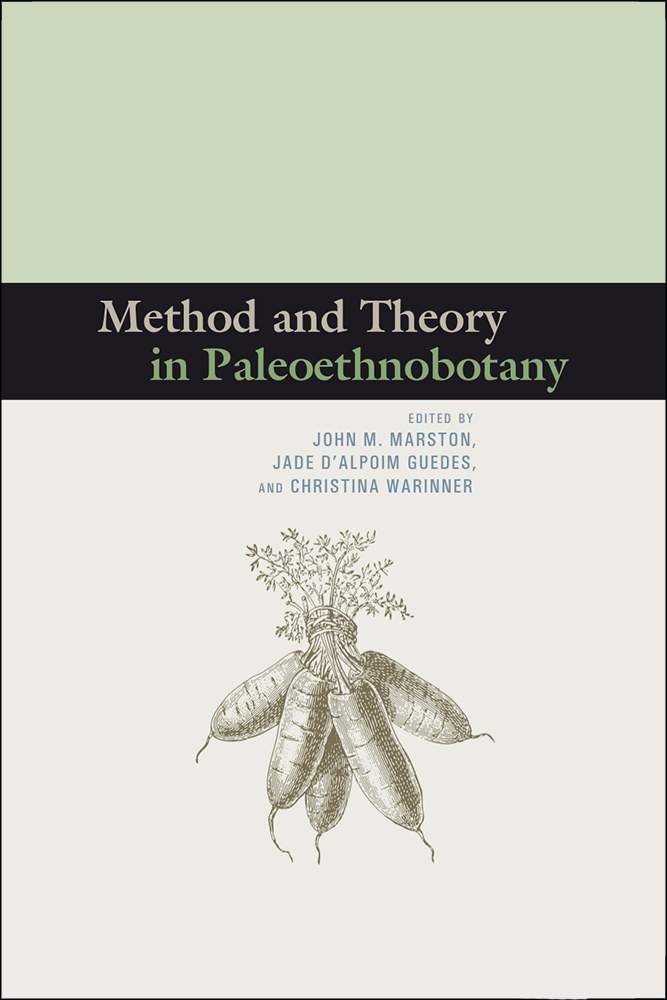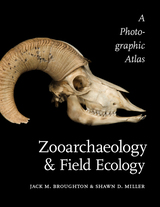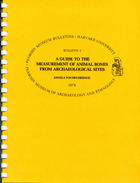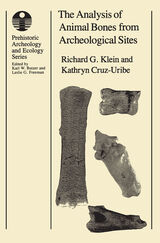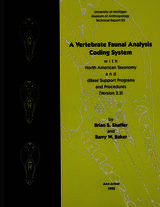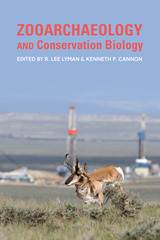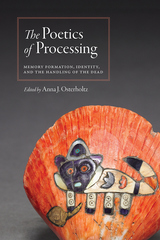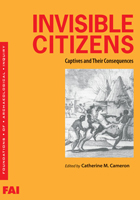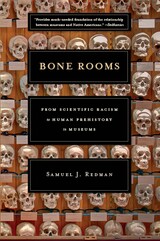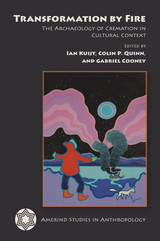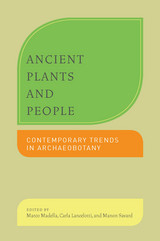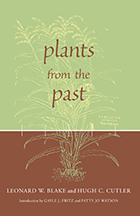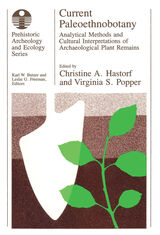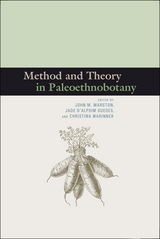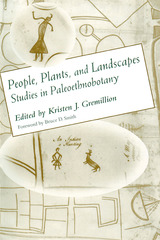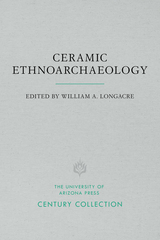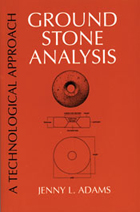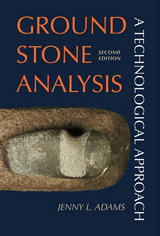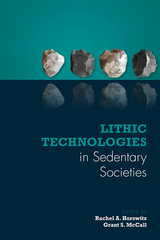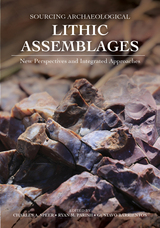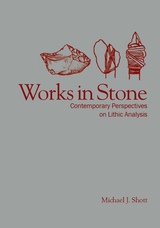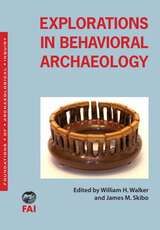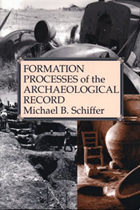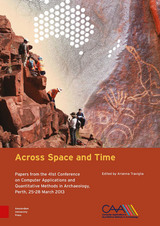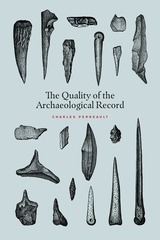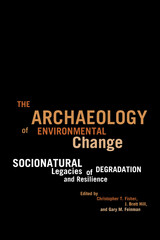eISBN: 978-1-60732-316-7 | Paper: 978-1-60732-315-0
Library of Congress Classification CC79.5.P5M48 2014
Dewey Decimal Classification 930.12
A diverse and highly regarded group of scholars reference a broad array of literature from around the world as they cover their areas of expertise in the practice and theory of paleoethnobotany—starch grain analysis, stable isotope analysis, ancient DNA, digital data management, and ecological and postprocessual theory.
The only comprehensive edited volume focusing on method and theory to appear in the last twenty-five years, Method and Theory in Paleoethnobotany addresses the new areas of inquiry that have become central to contemporary archaeological debates, as well as the current state of theoretical, methodological, and empirical work in paleoethnobotany.
See other books on: Method | Methodology | Paleoethnobotany | Plant remains (Archaeology) | Theory
See other titles from University Press of Colorado
